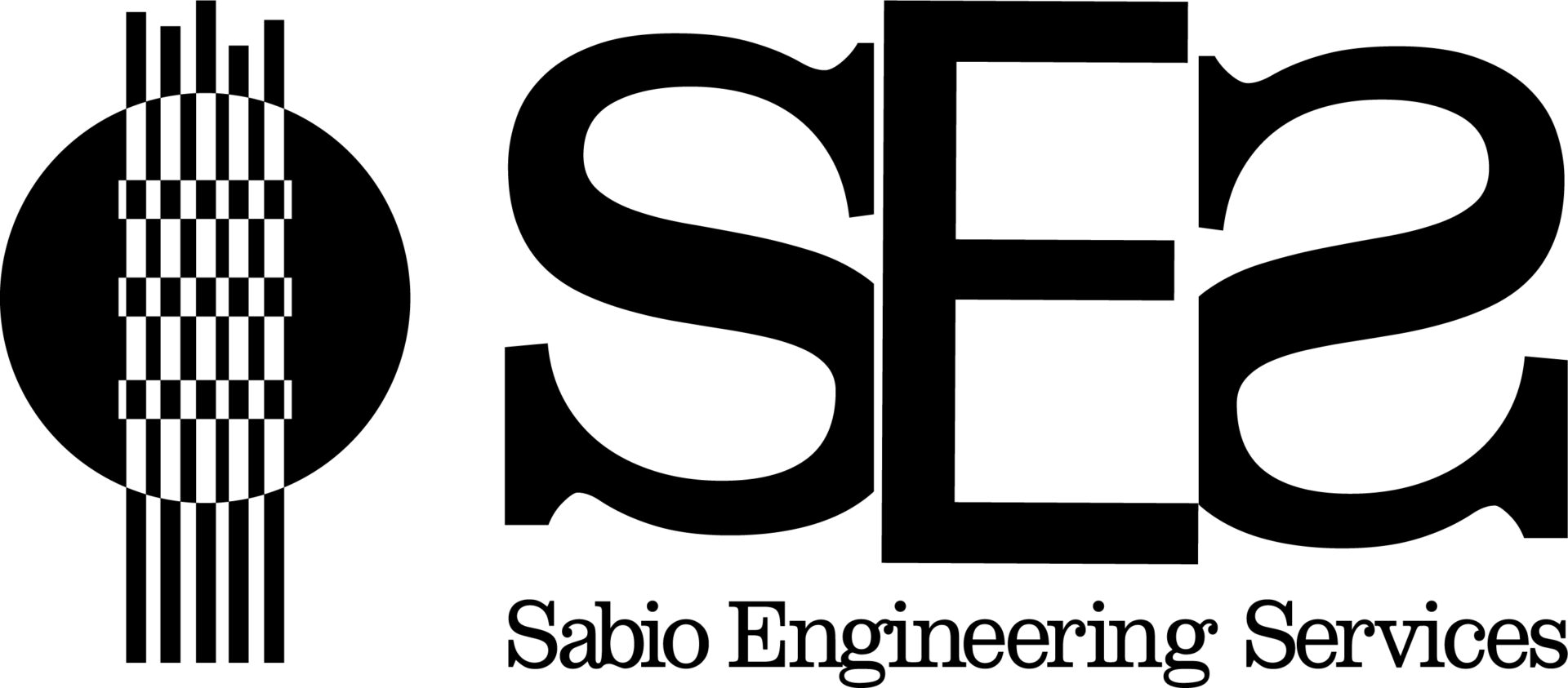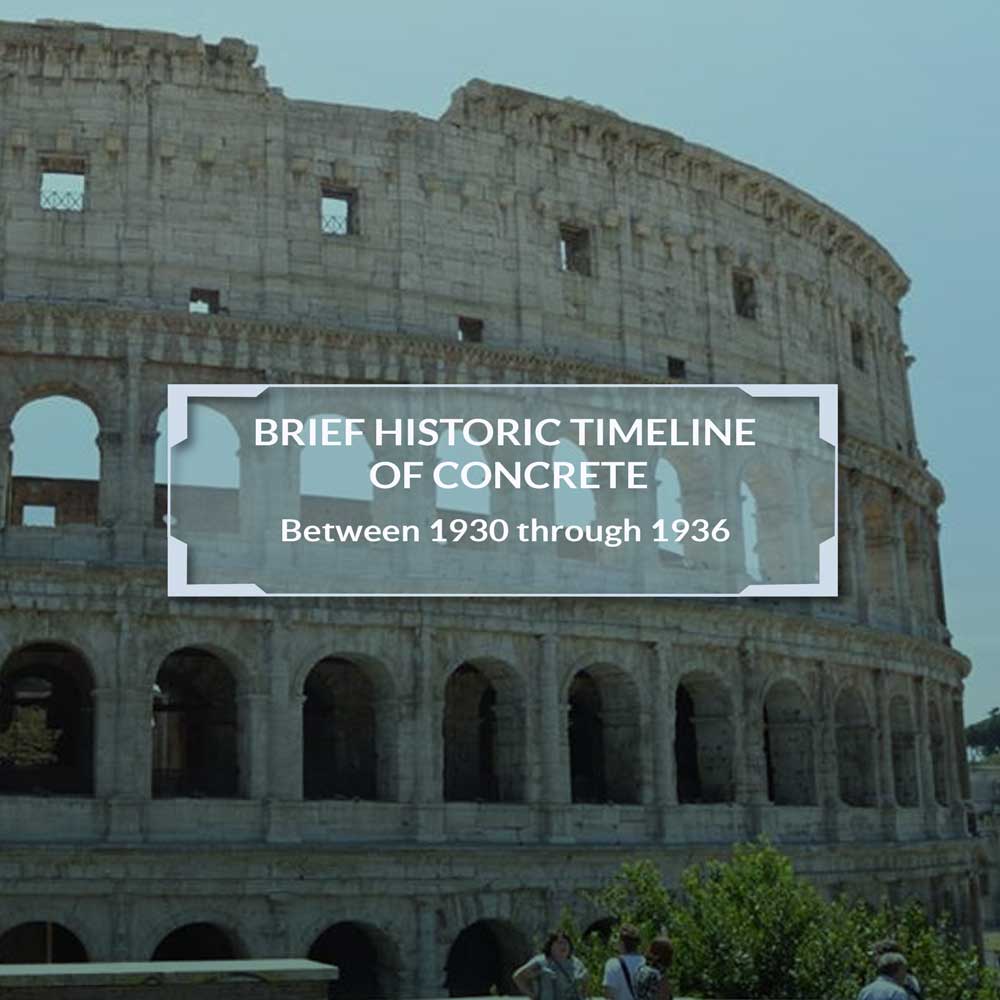When we look around, we see concrete structures everywhere. Most of construction uses concrete in one way or another because of its strength, durability, and flexibility. Concrete is a material that remains strong and maintains its original shape over many years, and it can take on any shape desired. That makes the material a favorite for construction. But where did concrete come from?
The first thing to clarify is that cement, the basic material for making concrete, has been around for thousands of years in one way or another. In the ancient world, people would use natural materials like burned gypsum or limestone mixed with water to create mortar. They used the paste they created to glue stones together and create the structures they desired. Over the course of time, the recipe for cement has been worked on and added to. It has been improved into the cement that is used today.
Todays cement goes by the name of Portland cement. It was created in 1824 by Joseph Aspdin. He mixed limestone chalk with clay and burned the mix until the carbon dioxide evaporated completely. He then heated aluminum and silica until the materials became like glass and he crushed them and added them to the mix. He also added gypsum. His formula has become the basic ingredient in concrete. In todays concrete, chemicals are added to the mix to control the setting process of the concrete. Certain ingredients are added to ensure that the concrete dries correctly under any environmental conditions such as cold, heat, humidity, and more.
Brief Historic Timeline of Concrete
Cement has been around for about 12 million years. It has been used over and over again in many different civilizations and across the globe. Cement and concrete-like structures have been seen in Egypt in the creation of their pyramids in 3000 BC, in the coliseum built in Rome about 200 years ago, and even in Chinas Great Wall.
In 1824, Joseph Aspdin invented Portland cement and it became the most common used cement in construction. It is the cement that is used today. The cement is made with a very specific recipe and held to standards. The recipe contains ingredients that are important to the hydration process and the chemical properties of the resulting cement. Between 1835 and 1850, tests were invented to determine the compressive and tensile strength of the cement. It was also during that time that the first chemical analysis was performed. In 1860, Portland cement was first manufactured.
In 1849, reinforced concrete was invented by gardener Joseph Monier. He invented it because gardening a flowerpot with materials such as pots or wood was not effective. He tried to make a flowerpot using concrete, but the root of the plants would break the concrete. That’s when he began to add an iron mesh in the concrete to reinforce it This concrete combines the compressive strength of regular concrete and the tensile strength of iron. This concrete withstood the pressure that would otherwise break concrete alone.
Between 1930 through 1936, other types of concrete were invited such as air training, fly ash, and ready mix.:
Air-trained concrete is concrete that contains small air bubbles to help allivieate the internal pressure in the concrete. This type of concrete is used where there is a lot of freeze-thaw conditions in the area.
Fly ash is a fine powder made by burning crushed coal in electric generation power plants. When fly ash is used in concrete mix, it improves the strength and makes the concrete easier to pour. One of the main uses of this type of concrete is the creation of concrete pavements.
Ready mix is a type of concrete that is not mixed in the site, it is instead batched for delivery from a central plant. The batch is costume made by each client’s specifications.
In 1956, fiber reinforced concrete was invented. This type of concrete contains fibrous materials in the recipe and its meant to improve the concretes strength and durability. Concrete on its own is more susceptible to breaking, but fiber-reinforced concrete is stronger and more durable than regular concrete.


